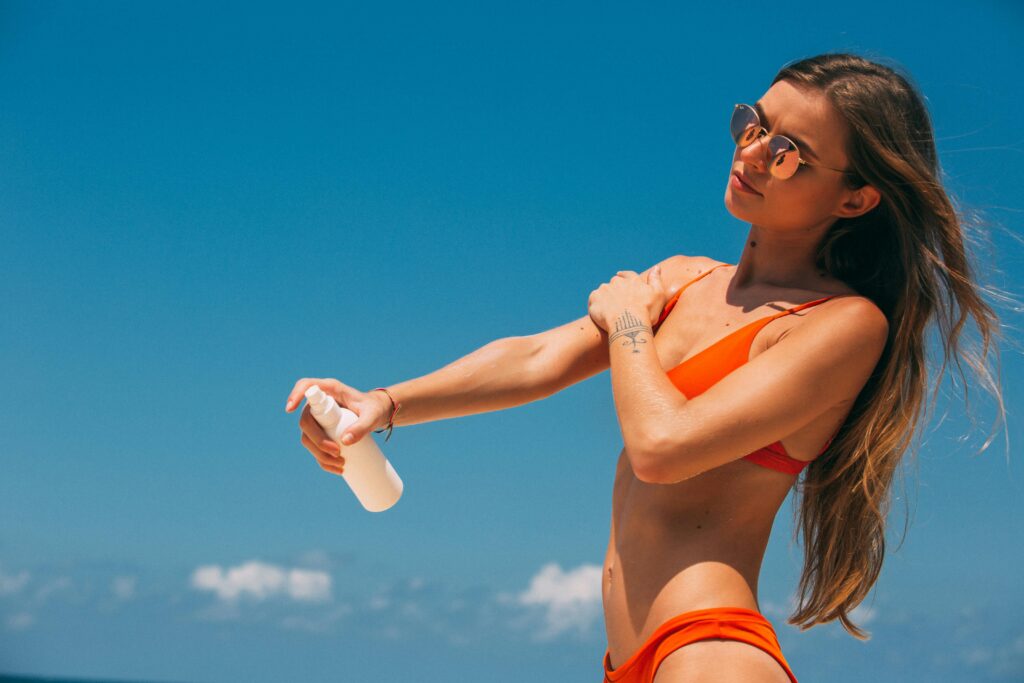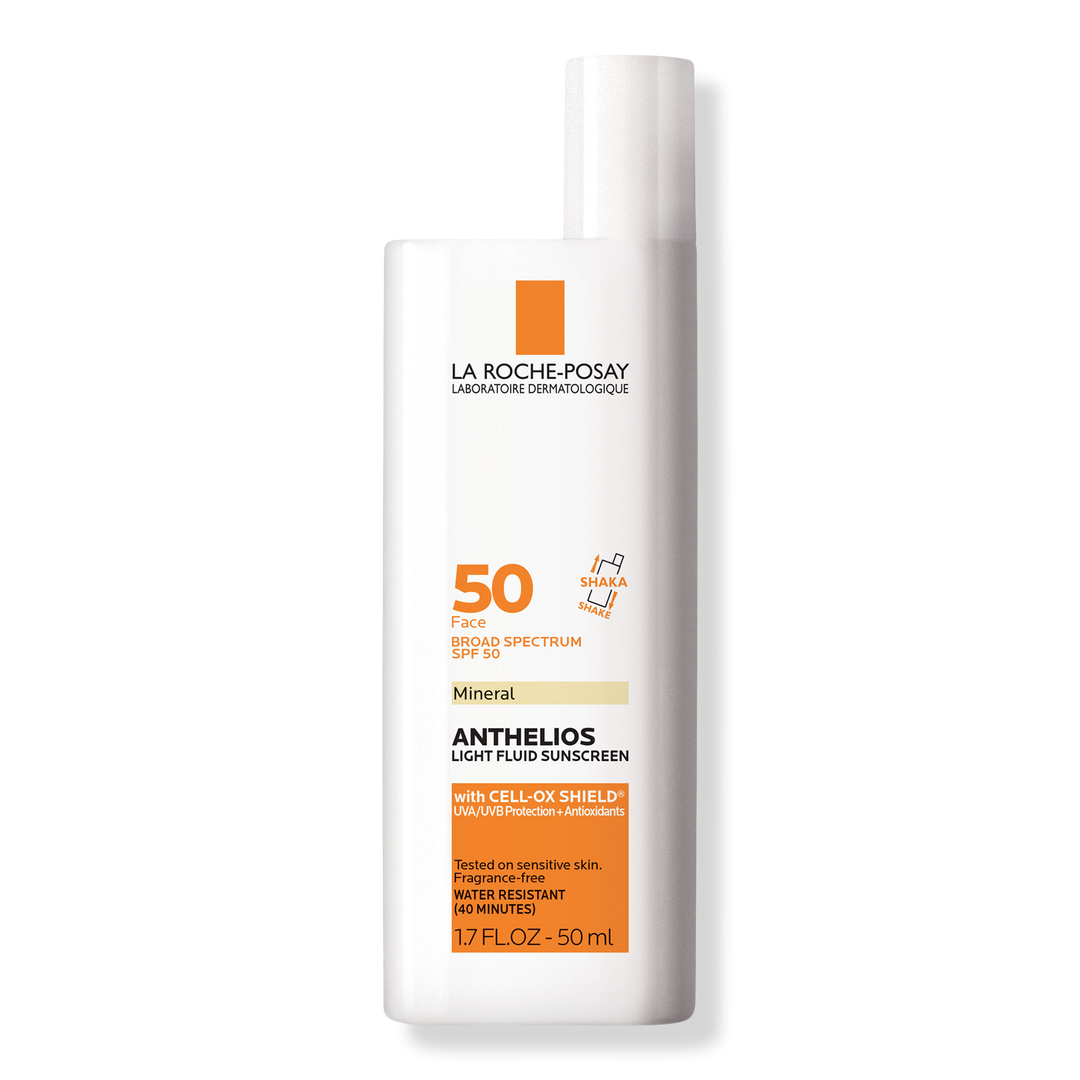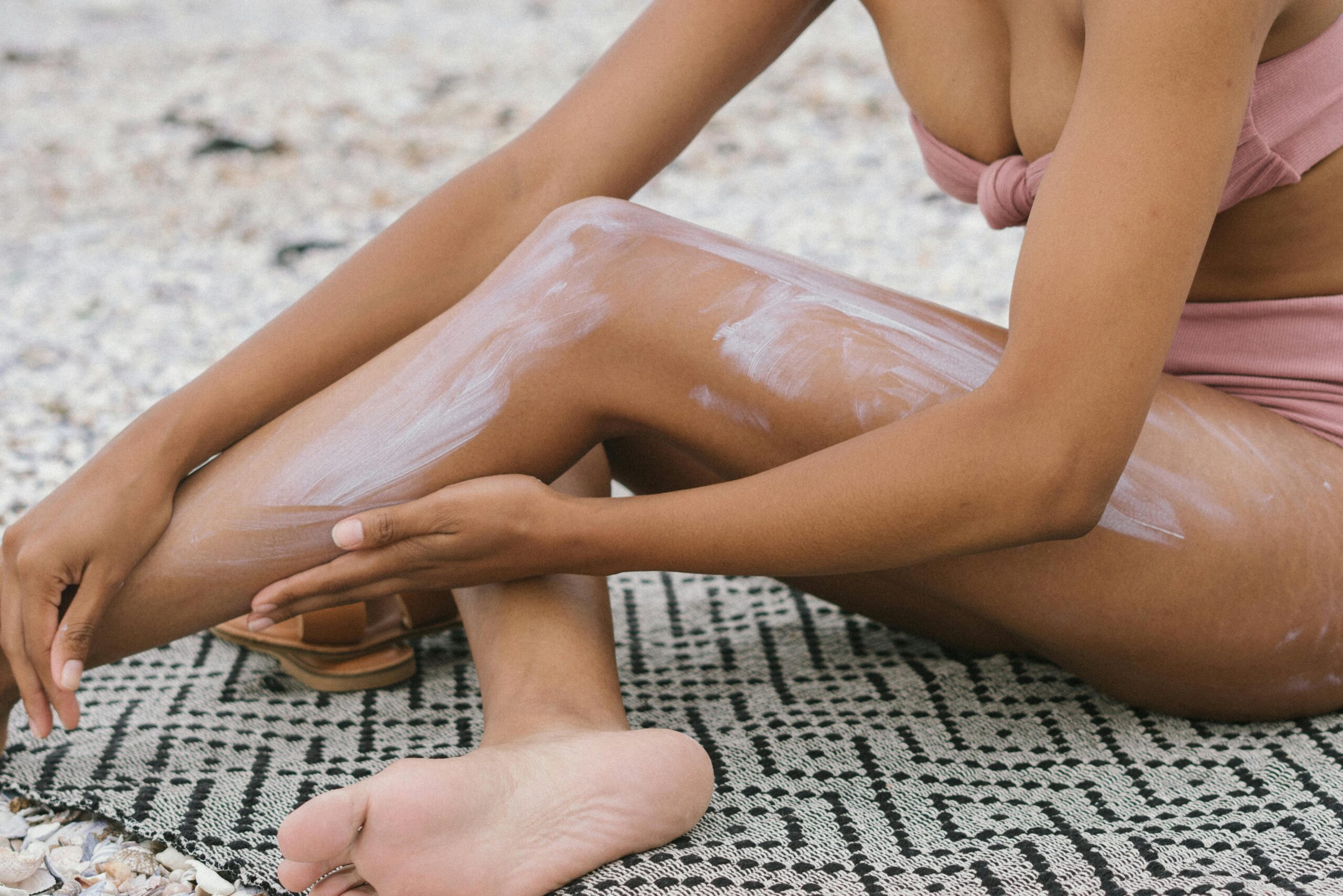If you have to use one single product in your skincare routine let it be sunscreen. This could be considered the most important product for skin care as it protects your skin from cancer, aging and damage caused by the sun. But, how do you pick the right sunscreen? We will be honest, the right sunscreen is the sunscreen you don’t mind wearing everyday. However, we have some tips that can help you narrow down your search.
SPF 30 or higher:
The American Academy of Dermatology recommends a sunscreen with SPF rating of 30 or higher. To give you an idea, SPF 15 blocks about 93% of UVB rays, SPF 30 blocks 97% and SPF 50 blocks 98%. Therefore, especially if you’re outside most of you day you should aim to use an SPF 30 or more sunscreen.
Broad spectrum:
Broad spectrum means the sunscreen protects against both UVA rays and the UVB rays. SPF refers to UVB rays only but since both are very harmful make sure the label says “broad spectrum.”

Water resistant suscreen:
Not all sunscreens are water resistant but dermatologists recommend using the ones that are. However, according to The American Academy of Dermatology sunscreens are not waterproof or sweatproof and can only be water resistant for 40-80 minutes. After this, it is recommended that you reapply sunscreen.
Mineral vs chemical sunscreen:
Sunscreens fall into two main categories based on their ingredients: chemical sunscreens and mineral (physical) sunscreens.
Mineral sunscreens contain ingredients such as titanium dioxide or zinc oxide. This type of sunscreen sits on the skin acting as a barrier that reflects the UV rays. They are less likely to irritate the skin as it isn’t absorbed into the skin . However, as they aren’t absorbed they are most likely to leave a white cast especially in darker skin tones.

Anthelios Mineral Ultra-Light Face Sunscreen Fluid SPF 50

Mineral Sheerscreen SPF 30
On the other hand, chemical sunscreens contain ingredients avobenzone, oxybenzone, or octinoxate. They act by absorbing the UV rays and turning them into heat and releasing them from the skin in a chemical reaction. For cosmetic purposes, people prefer this type of sunscreen because they are very lightweight and don’t leave a white cast. However, because they get absorbed into the skin, they could cause irritation and are not recommended for children or pregnant women.
How much should you use:
The American Academy of Dermatology recommends 1 ounce — or enough to fill a shot glass — to fully cover your body. For your face, . 04 ounces which is the equivalent of the size of a nickel or 1/4 to 1/3 of a teaspoon should work. Because of this, we don’t recommend using only tinted sunscreens as your only source of protection, as the amount people apply is often not enough.




Leave a Reply